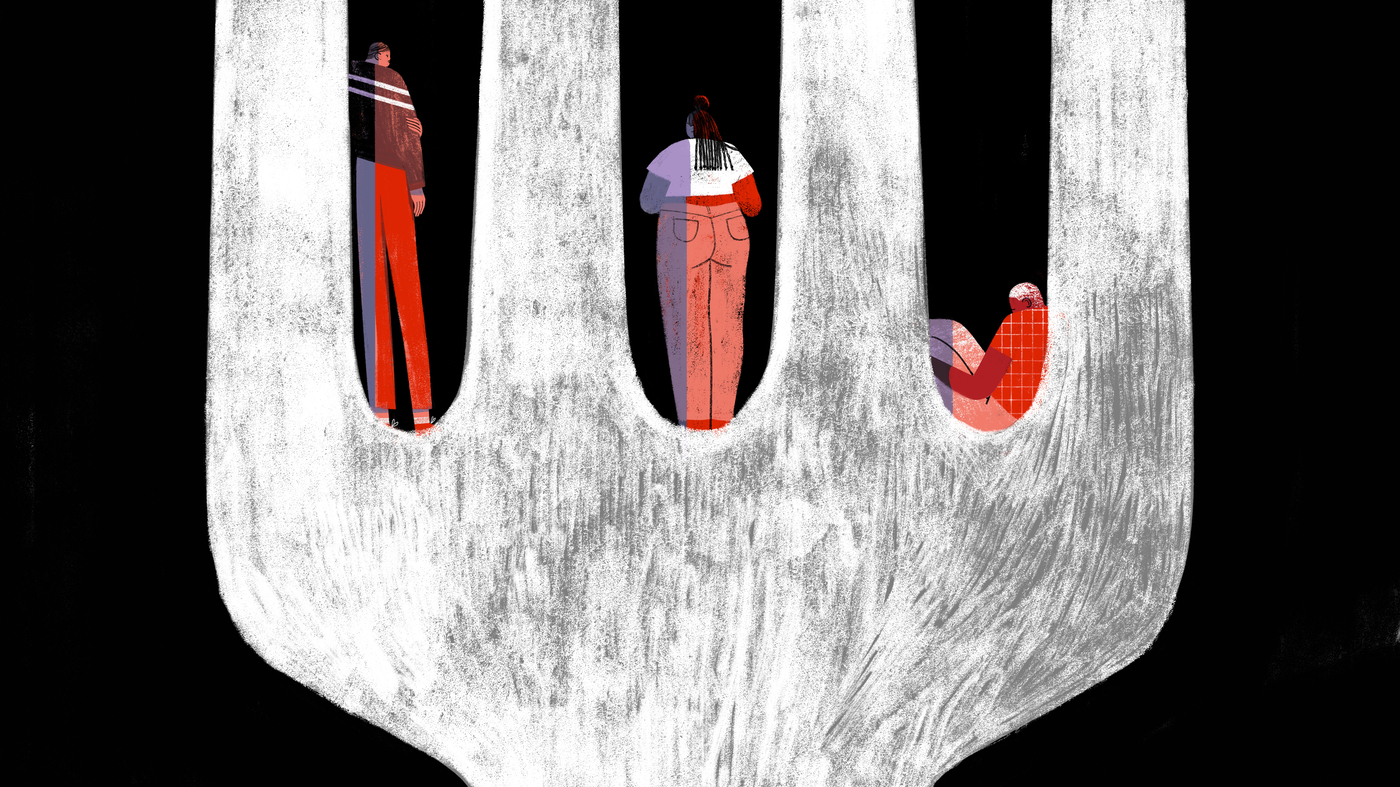In a world where people can publish anything online in mere seconds, a recent study estimated that 1 in 5 teens may struggle with disordered eating behaviors.
From February 26 through March 3, 2024, National Eating Disorder Week is recognized. In the United States, 1 in 10 female teenagers suffer from an eating disorder, but they can affect people of any age, gender, background, and body weight. What is an eating disorder? According to the Cleveland Clinic, it is a mental health condition that affects one’s relationship with food and how one perceives oneself (body image). The most common diagnoses are anorexia nervosa, bulimia nervosa, binge-eating disorder, and avoidant restrictive food intake disorder (ARFID).
- According to the National Institute of Mental Health, “Anorexia nervosa is a condition where people avoid food, severely restrict food, or eat very small quantities of only certain foods. They also may weigh themselves repeatedly. Even when dangerously underweight, they may see themselves as overweight.”
- There are two subtypes of anorexia nervosa, the first is restrictive, where people severely limit the amount and type of food they intake. The other is binge-purge, where one goes through episodes of binge eating, consisting of eating large amounts of food, followed by purging, consisting of vomiting or using laxatives or diuretics to get rid of what was consumed.
- Bulimia nervosa is another eating disorder where people binge eat and then try to get rid of the food and extra calories in an unhealthy way, such as vomiting or misusing laxatives (Cleveland Clinic).
- Binge-eating disorder is categorized by consistent binging episodes (National Association of Mental Illness).
- According to the National Institute of Mental Health, “People with ARFID limit the amount and variety of food they eat due to their anxiety or fear of the consequences of eating (such as choking or vomiting) or dislike of a food’s characteristics (such as its appearance or texture).”
People with an eating disorder commonly deal with other mental health disorders. Some common ones are obsessive-compulsory disorder (OCD), depression, anxiety, and substance use (National Institute of Mental Health).
Symptoms can include extremely restricted eating, extreme thinness (emaciation), a relentless pursuit of thinness and unwillingness to maintain a normal or healthy weight, intense fear of gaining weight, distorted body image, a self-esteem that is heavily influenced by perceptions of body weight, and shape, or a denial of the seriousness of low body weight (NIMH). There are many red flags you can look for that may suggest an eating disorder: skipping meals or snacks or making excuses for not eating, having a minimal diet that a trained medical professional hasn’t prescribed, too much focus on food or healthy eating, making own meals rather than eating what the family eats, withdrawing from usual social activities, eating in secret, exercising much more than the average person (not taking rest days or days off for injury or illness), and leaving during meals or right after a meal to use the toilet (Mayo Clinic).
If you notice a family member or friend who seems to show signs of an eating disorder, consider talking to that person about your concern for their well-being. You may not be able to prevent an eating disorder from developing, but reaching out with compassion may encourage the person to seek treatment.


